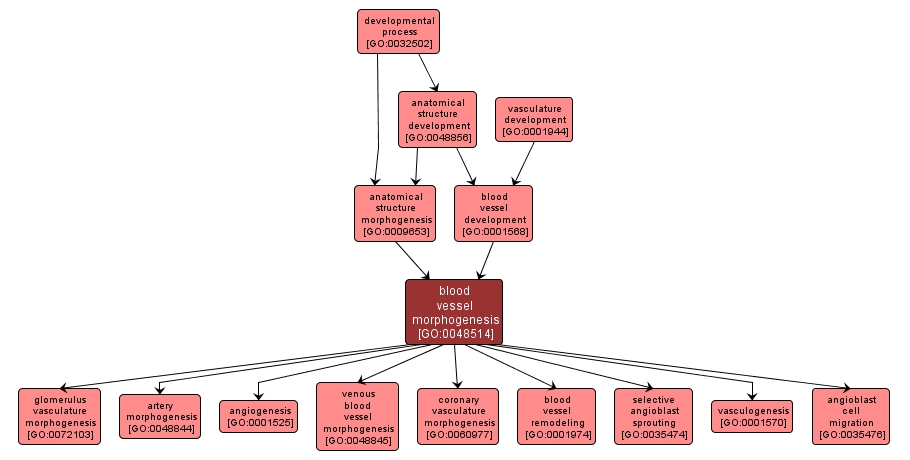GO TERM SUMMARY
|
| Name: |
blood vessel morphogenesis |
| Acc: |
GO:0048514 |
| Aspect: |
Biological Process |
| Desc: |
The process by which the anatomical structures of blood vessels are generated and organized. Morphogenesis pertains to the creation of form. The blood vessel is the vasculature carrying blood. |
|

|
INTERACTIVE GO GRAPH
|














